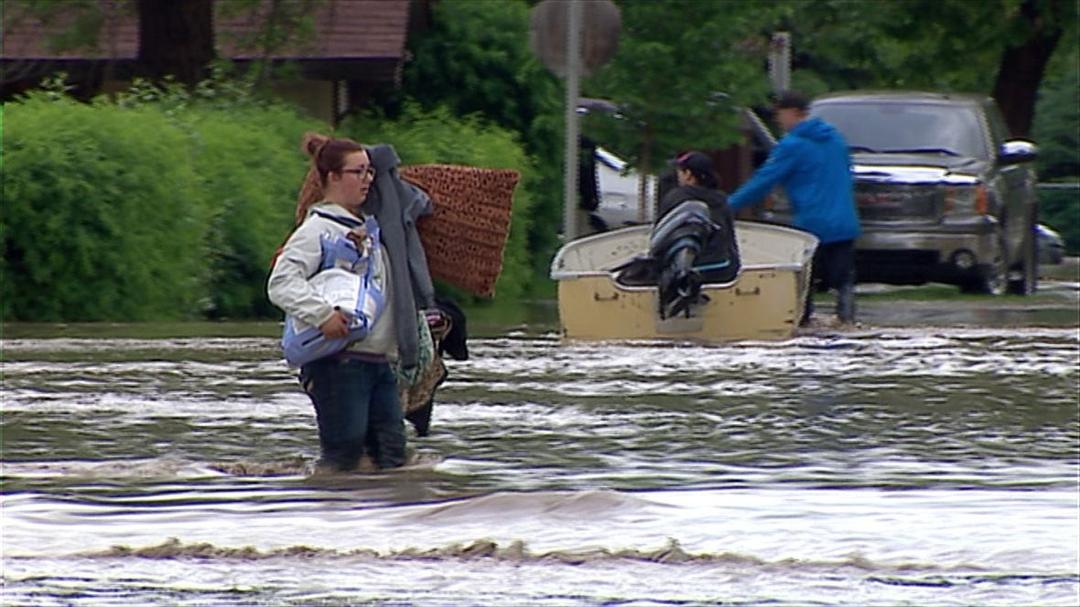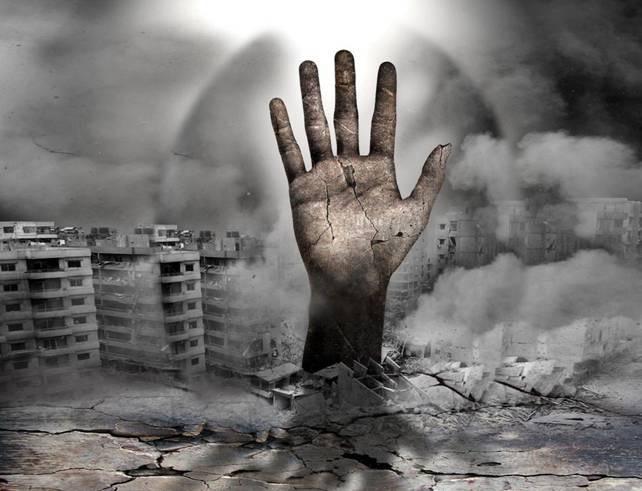Natural disaster
Pro-Life Initiative
-

A natural disaster is a catastrophic event caused by natural processes of the Earth.These disasters can result from various environmental phenomena and can cause significant damage to people, property, and the environment. Some common types of natural disasters include:
- Earthquakes - Sudden shaking of the ground due to tectonic movements beneath the Earth's surface.
- Tsunamis - Large ocean waves usually triggered by underwater earthquakes, volcanic eruptions, or landslides.
- Volcanic Eruptions - When a volcano releases magma, ash, and gases, often causing widespread destruction.
- Floods - Overflow of water onto normally dry land, often due to heavy rainfall or dam failure.
- Hurricanes, Typhoons, and Cyclones
- Powerful tropical storms characterized by strong winds, heavy rain, and storm surges.
- Tornadoes - Violently rotating columns of air that extend from a thunderstorm to the ground.
- Wildfires - Uncontrolled fires that spread quickly in dry conditions, often affecting forests and vegetation.
- Droughts - Prolonged periods of abnormally low rainfall that lead to water shortages.
- Landslides - The movement of rock, earth, or debris down a slope, often triggered by rainfall, earthquakes, or volcanic activity.
-
Each of these events can vary in scale, from local to global impacts, and often lead to loss of life, destruction of infrastructure, and long-term environmental consequences. Thus the need to give out the best possible help to them.
